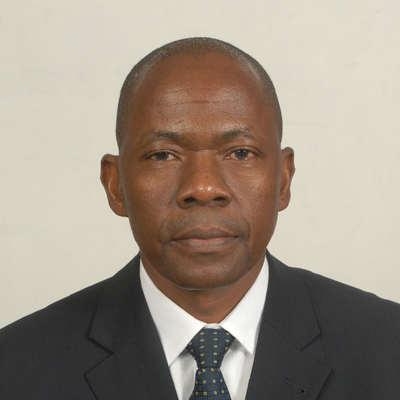
BY SHAME MAKOSHORI, in Victoria Falls OUTPUT from Zimbabwe’s gold mines will rise to 60 tonnes in the next five years, generating US$3,5 billion at current prices, the Gold Producers Association of Zimbabwe said yesterday, before outlining a range of factors that could hold back the positive trajectory.
The 60-tonne target will be 74% higher than the 35 tonnes of gold projected for this year, and double the 31,5 tonnes achieved in 2021, Qhubeka Nkomo, the association’s president said as the industry kicked off this year’s annual mining conference.
Until pandemic curbs rattled the industry in 2020, the industry had been on an upward trajectory, scaling up output to 35 tonnes in 2018, from 3,6 tonnes at the height of Zimbabwe’s hyperinflation-induced economic upheavals in 2008, according to Nkomo, whose presentation was the highlight of a special symposium on gold mining that ran at the conference.
Extensive pandemic-induced dislocations in global supply chains from 2020, along with pandemic-inspired hard lockdowns forced international freightliners to dock ships in an effort to prevent a deadly contagion as millions contracted the disease.
Zimbabwe came up with a tactical approach to keep its gold mines running during the upheavals in order to serve its faltering economy.
However, the bold decisions made by foreign governments to halt global freightliners were felt on the domestic scene as Zimbabwe’s gold mines run on imported materials such as chemicals.
Nkomo said in the absence of further shocks, including domestic headwinds, gold miners could recover at a quicker pace than previously projected.
“From 3,6 tonnes in 2008, gold output increased to 35 tonnes in 2018,” Nkomo said
- Chamisa under fire over US$120K donation
- Mavhunga puts DeMbare into Chibuku quarterfinals
- Pension funds bet on Cabora Bassa oilfields
- Councils defy govt fire tender directive
Keep Reading
“Gold rebounded strongly in 2021 to 35 tonnes, from 20,8 tonnes in 2020 based on a robust government framework. Revenues have been on a positive trajectory reaching US$1,8 billion in 2021. In 2022 gold will realise US$2,5 billion. Gold producers have capacity to produce 60 tonnes in the next five years and generate US$3,5 billion at current prices,” Nkomo told delegates.
“Zimbabwe has more than 4 000 recorded gold deposits. A report produced last year indicated that per square kilometre, Zimbabwe is among countries with the world’s highest gold deposits like Canada, Brazil and the United States of America. But the country is under-explored, which affects the growth of the sector.”
He said the Reserve Bank of Zimbabwe should review contentious foreign currency retention thresholds for gold miners to help the industry grow.
“The gold industry requires in excess of US$1 billion to sustain production,” Nkomo said.
“Local financial markets are not (strong enough) to sustain this level of capital. Where the capital is available, it is expensive,” he added, noting that Zimbabwe should explore ways of helping mines to leverage on their gold assets to find capital.
- Follow us on Twitter @NewsDayZimbabwe











